Twelve wire, each having resistance r, are joined to form a cube as shown in figure.Find the equivalent resistance between the end of a face diagonal such as aandc.

Suppose a potential difference V is applied between the points a and c so that a current I enters at a and the same current leaves at c. The current distribution is shown in figure.ltbygtBy symmetry, the paths ad and ab are equivalent and hence will carry the same current i1.Thepathahwillcarrythesamecurrenti-2i_(1)(using Kirchhoff's junction law).Similarly at junction c, currents coming form dc and bc will be i1each and fron fc will be i−2i1.Kirchhoff's junction law at b and d shows that currents through be and dg will be zero and hence may be ignored for further analysis. Omitting these two wires, the circuit is redrawn in figure.
The wire hef and hgf are joined in parallel and have equivalent resistance(2r)(2r)(2r)+(2r)=rbetween h and f.This is jioned in series with ah and fc giving equivalent resistancer+r+r=3r.This 3r is jioned in parallel with adc (2r)and abc(2r) between a and c,
the equivalent resostance R between a and c is, therefore, given by
1R=13r+12r+12r,
giv∈gR=34r.
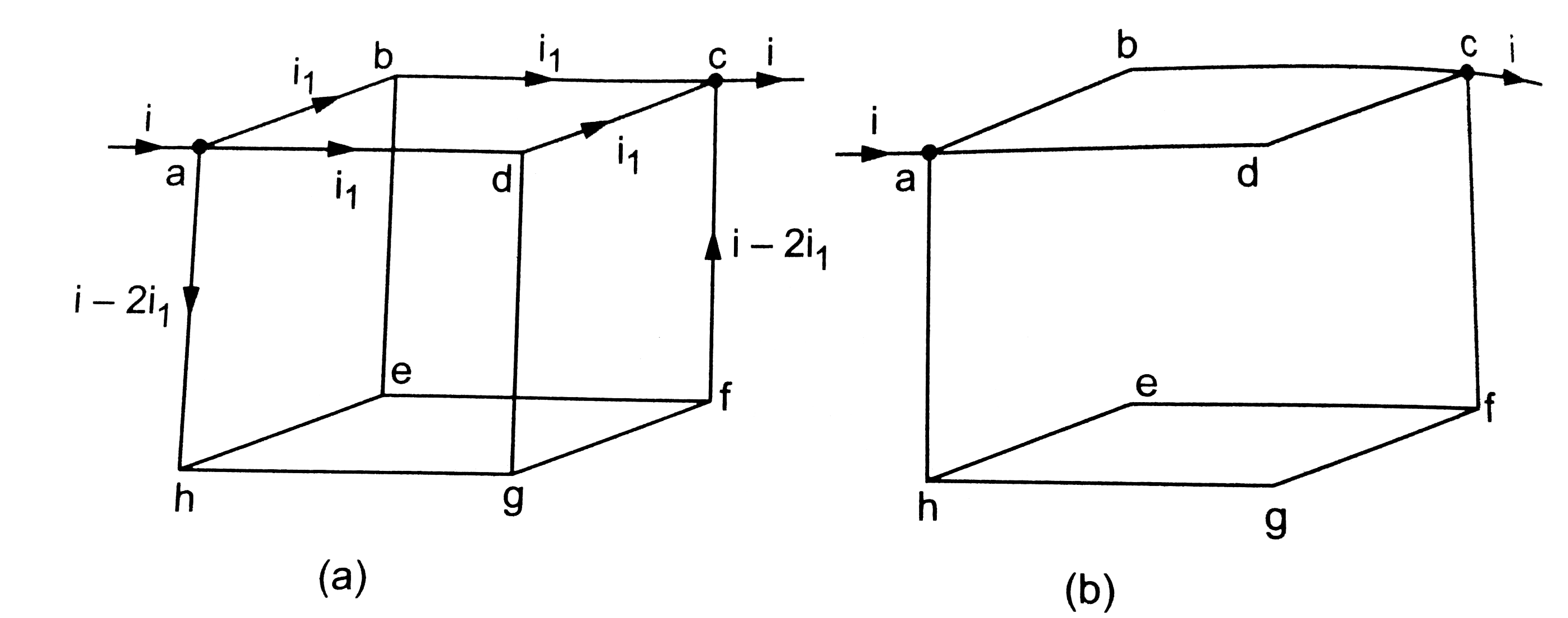
Topper's Solved these Questions
- ELECTRIC CURRENT IN CONDUCTORSBook:HC VERMA ENGLISHChapter:ELECTRIC CURRENT IN CONDUCTORSExercise:Objective 1
Explore 15 Videos
- ELECTRIC CURRENT IN CONDUCTORSBook:HC VERMA ENGLISHChapter:ELECTRIC CURRENT IN CONDUCTORSExercise:objective 2
Explore 9 Videos
- ELECTRIC CURRENT IN CONDUCTORSBook:HC VERMA ENGLISHChapter:ELECTRIC CURRENT IN CONDUCTORSExercise:questions for short answer
Explore 17 Videos
- DISPERSION AND SPECTRABook:HC VERMA ENGLISHChapter:DISPERSION AND SPECTRAExercise:Question for short Answer
Explore 6 Videos
- ELECTRIC CURRENT THROUGH GASESBook:HC VERMA ENGLISHChapter:ELECTRIC CURRENT THROUGH GASESExercise:Short answer
Explore 6 Videos
Similar Questions
Twelve wire, each having equal resistance r, are joined to form a cube as shown in figure.Find the equivalent resistance between the diagonally opposite points a and f.
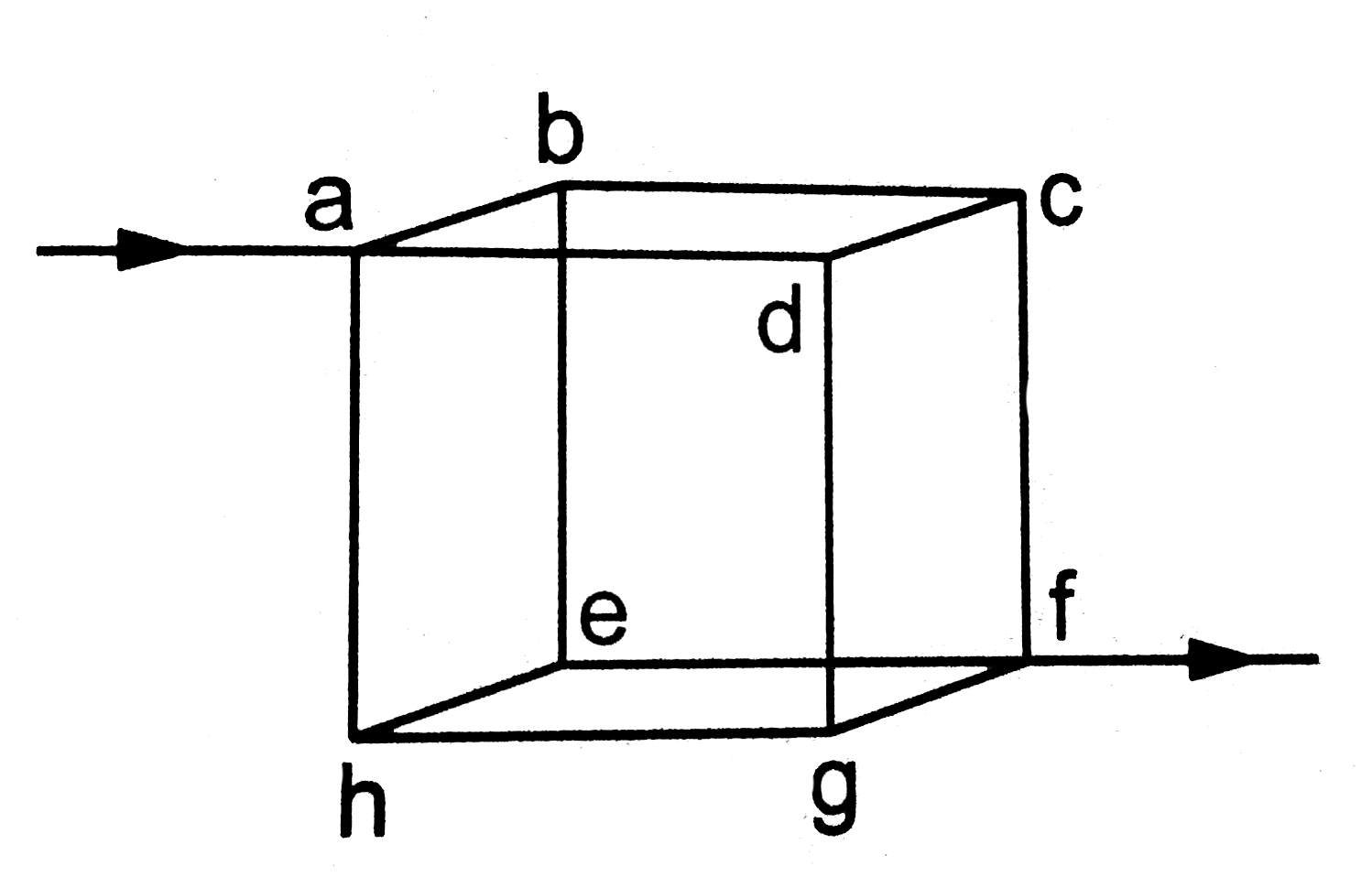
View SolutionFor the circuit shown in fig. the equivalent resistance between A and C is

View SolutionFind the equivalent resistance between A and B in the give figure .

View SolutionFind the equivalent resistance between A and B in the given figure.
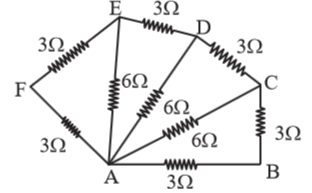
View SolutionIn the network shown in the figure, the equivalent resistance between A and C is
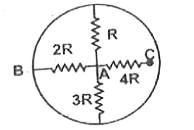
View SolutionIdnetical resistor each of resistance r are connected as shown in figure. Calculate equivalent resistance between A and E.
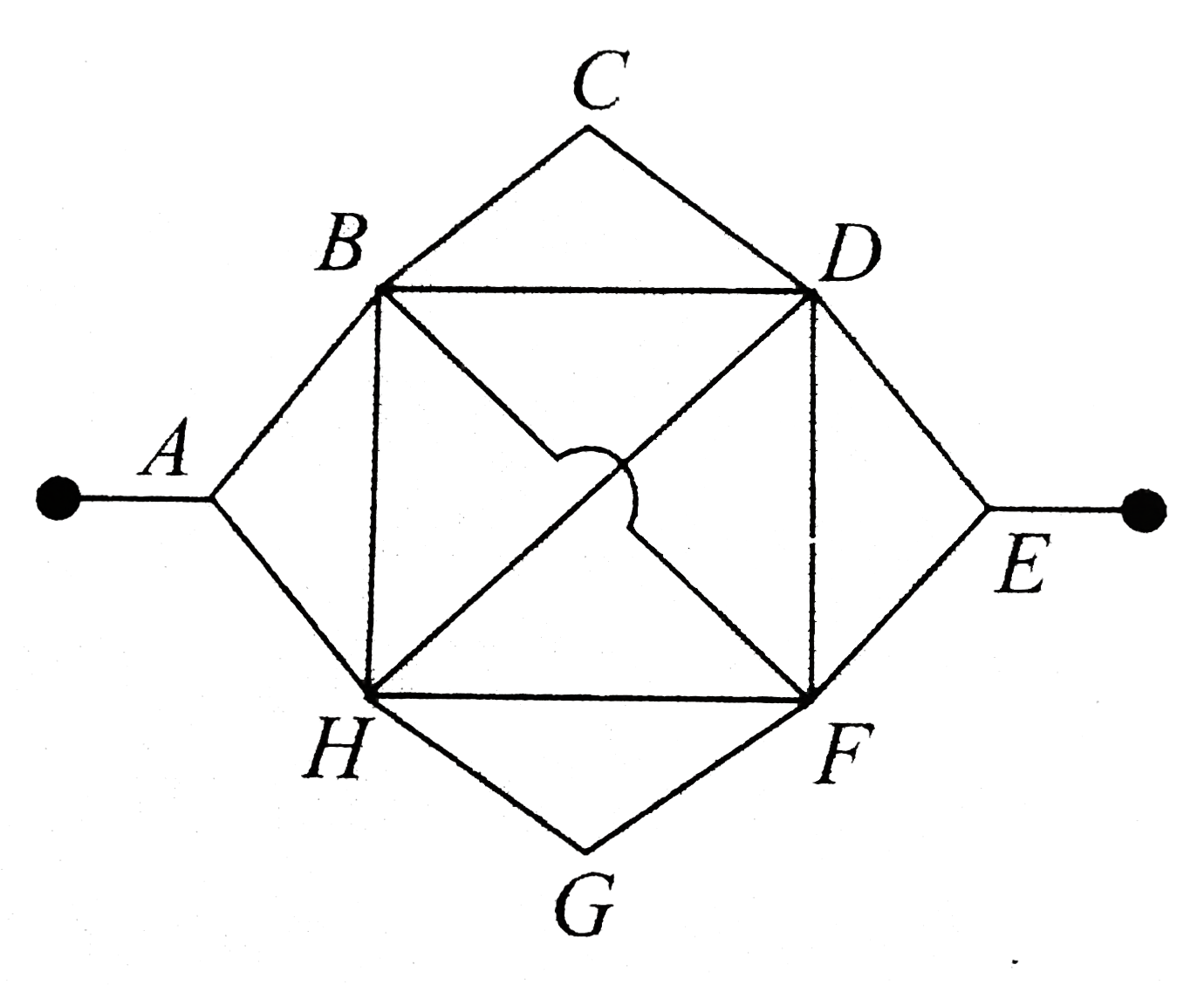
View SolutionFive resistance are connected as shown in the figure. The equivalent resistance between points A and C is
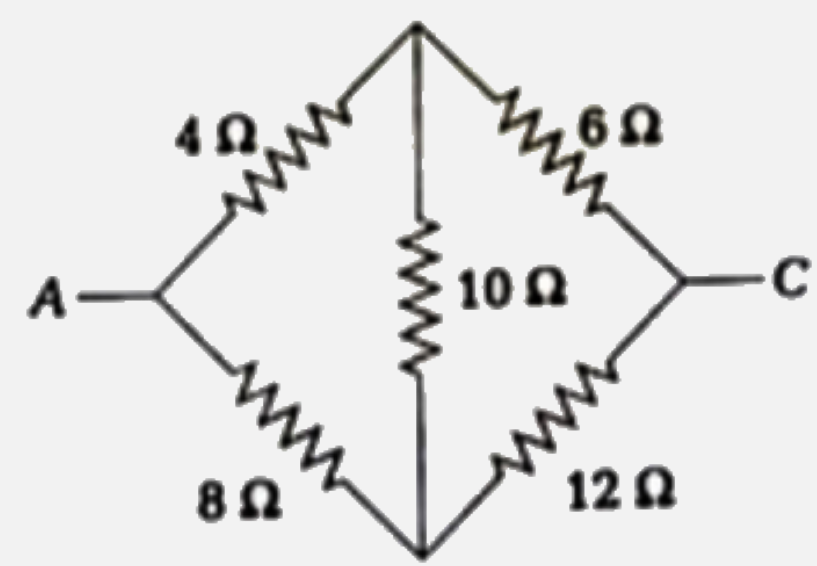
View SolutionEach resistance is of 1Ω in the circuit diagram shown in figure. Find out equivalent resistance between A and B.
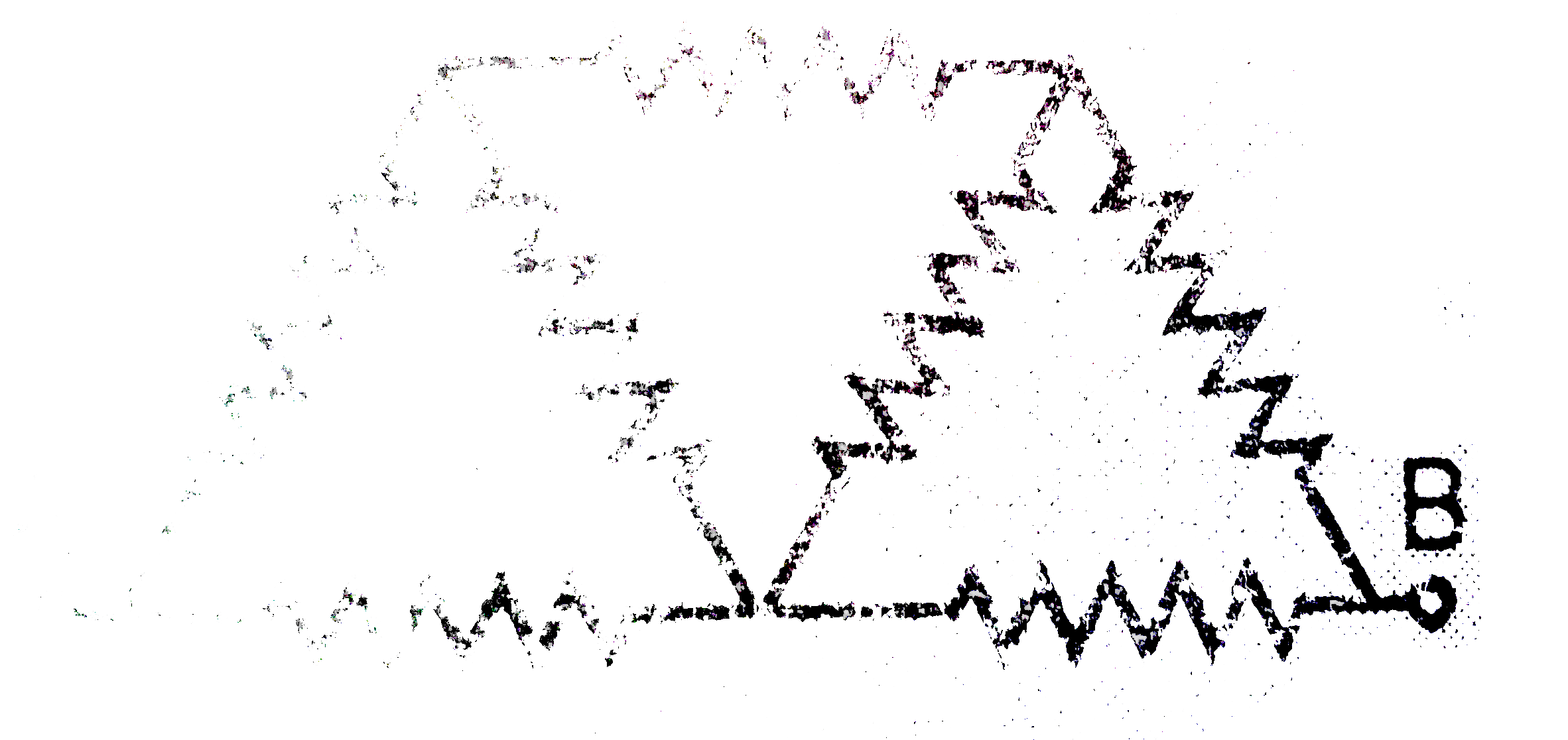
View Solution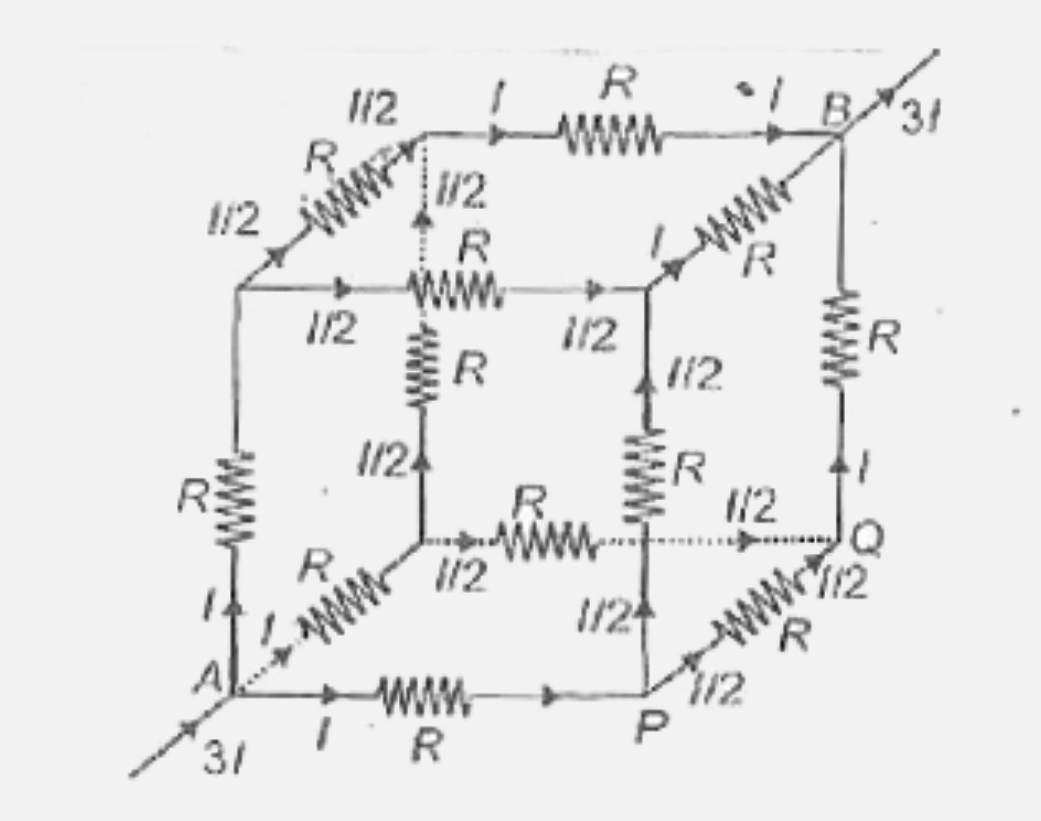
Twelve indentical resistance each of resistance R are joined to form a cube as shown in figure. Find resistance of the combination across AB.
View SolutionFind the equivalent resistance of the network shown in figure
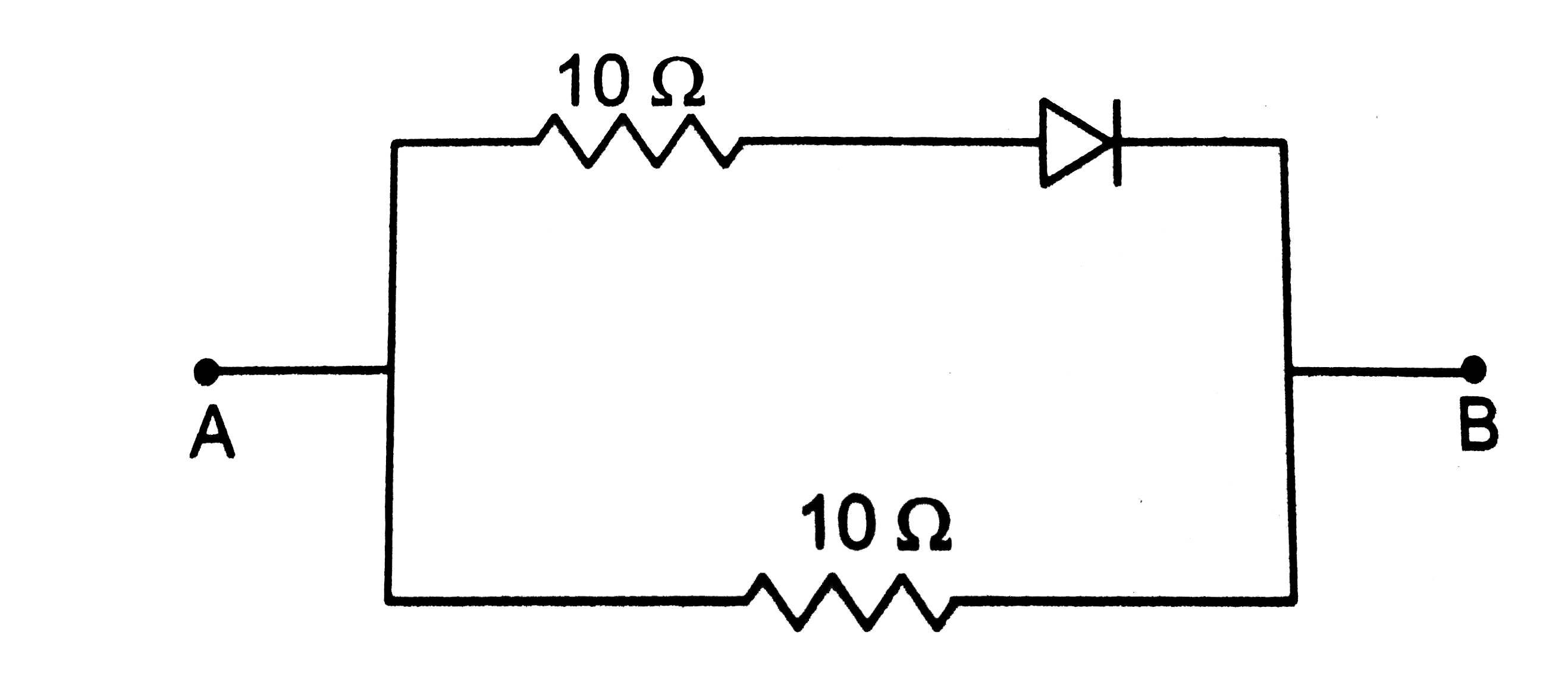
View Solution

